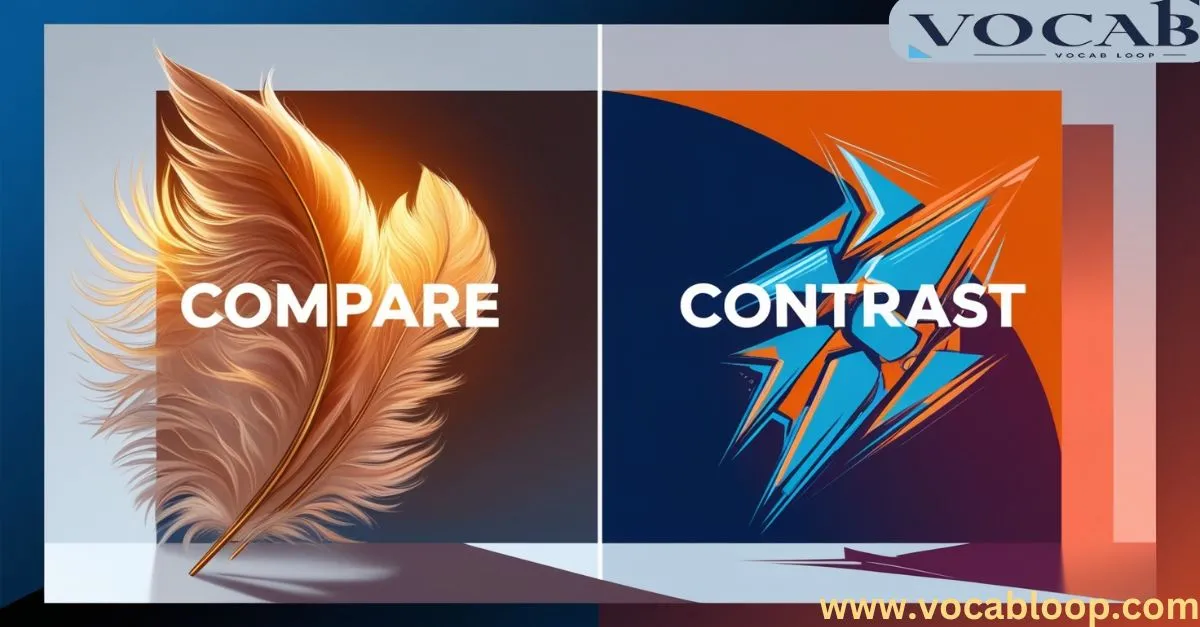Have you ever wondered about the key differences between compare vs contrast. These terms often cause confusion, yet understanding them is crucial for clear writing and critical thinking. Now we will discus what these concepts mean and how you can use them effectively in your writing.
What Is There Confusion in Compare vs Contrast
Many people mix up compare and contrast because they both involve analyzing subjects. However, the main distinction lies in the purpose. When you compare, you look at similarities, but when you contrast, you focus on the differences. The confusion arises because academic assignments and everyday conversations sometimes blur these boundaries.
You might even use both techniques together to give a fuller picture of what you’re analyzing. consider an essay comparing two historical events. You’re likely to highlight how they are alike but also explore how they diverge. These subtle differences demand a clear understanding to effectively communicate ideas and develop analytical skills.
Is the Word “Compare” Correct?
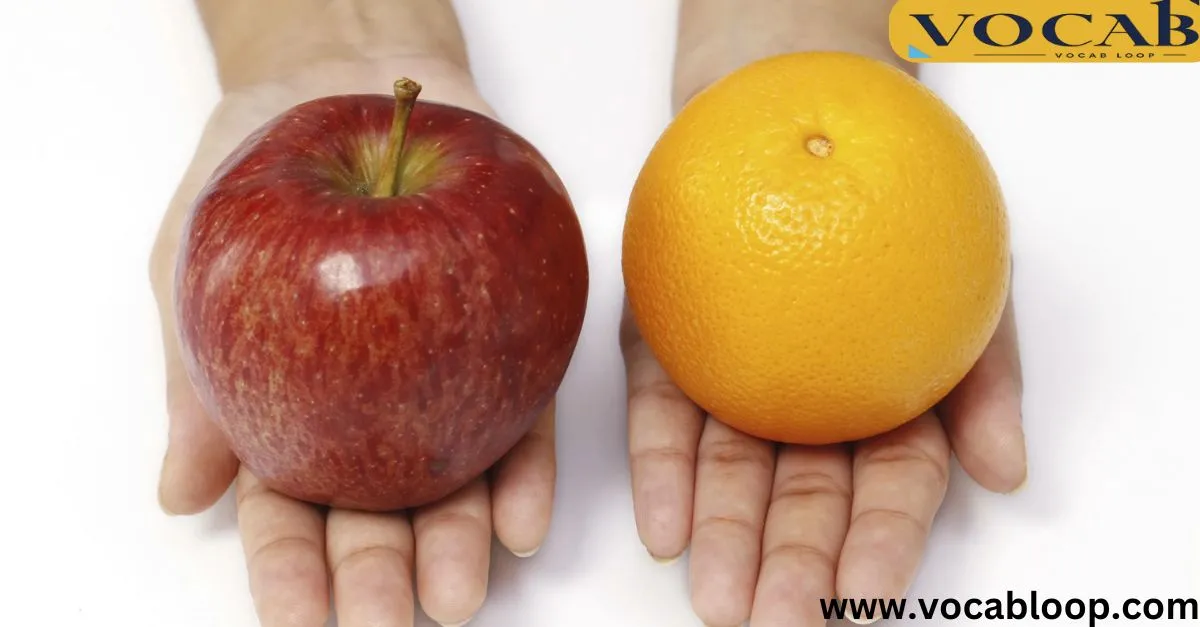
Definition
The word compare comes from Latin, meaning “to pair together.” It’s used to show similarities between two or more items. When you compare, you highlight what is common, aiming to assess how subjects are alike in certain traits or features.
Meaning
In simple terms, to compare means to point out shared characteristics. For instance, if you compare apples and oranges, you might note they’re both fruits, nutritious, and have a round shape.
The emphasis here is on finding equivalents. The word’s implication is to look for common ground, helping readers or listeners understand similarities better. It’s a useful skill in writing and research, enhancing evaluation skills.
Is the Word “Contrast” Correct?
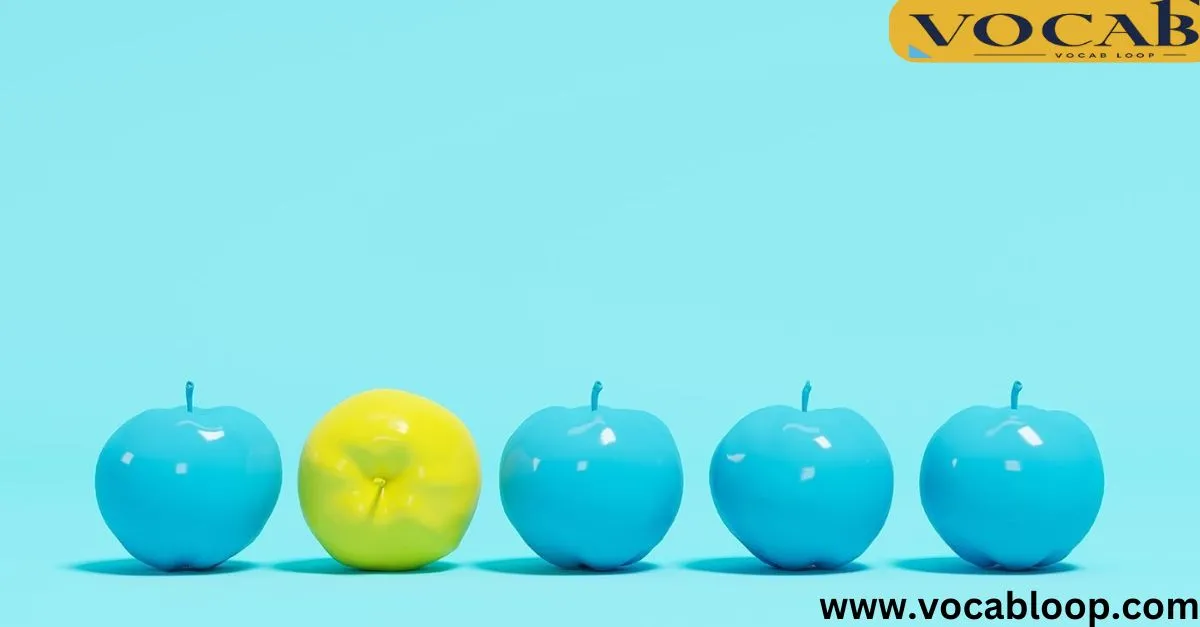
Definition
The term contrast comes from Latin, meaning “to set against.” It’s used to show distinctions between two or more subjects. Contrasting involves spotlighting differences, like opposing ideas or features.
Meaning
To contrast, in easy terms, is to reveal discrepancies. Using the apples and oranges example again, contrasting would involve pointing out differences, such as taste, texture, and nutritional content.
This focus on differences helps clarify why items are unique. The significance lies in drawing attention to what makes subjects stand apart, enhancing critical thinking.
Is Contrast the Opposite of Compare?
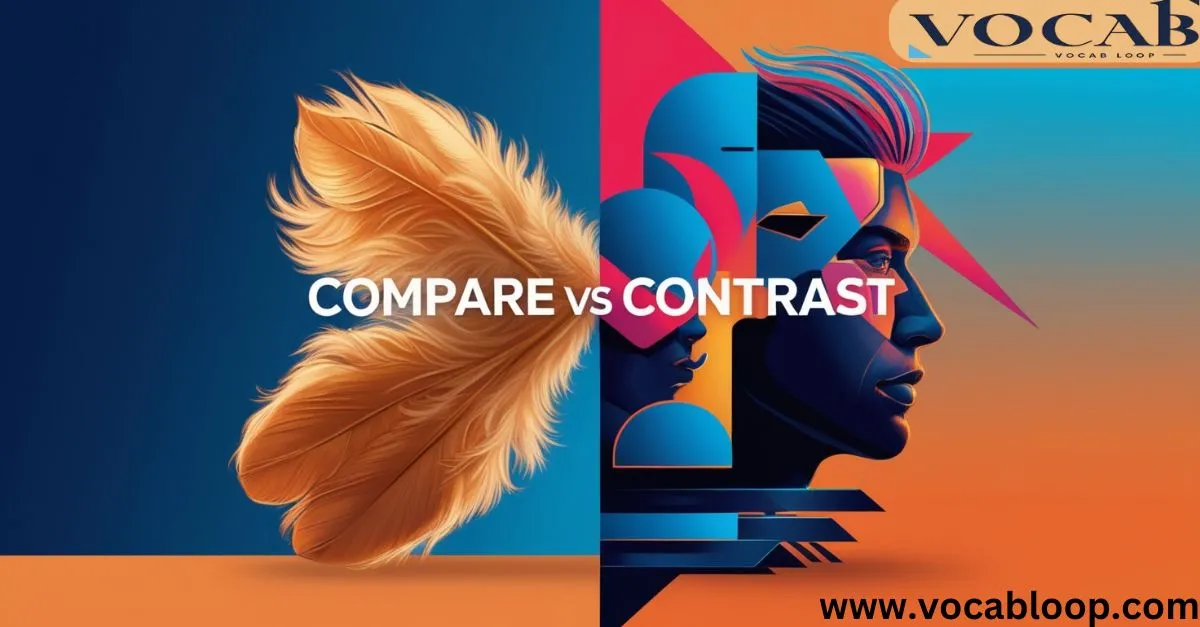
It’s common to think of contrast vs compare as opposites, but they aren’t entirely. While they have opposing aims highlighting similarities versus focusing on differences they work together in analysis. Comparing and contrasting form a complete picture, providing a balanced understanding.
Think of a case study. If you only compare two businesses, you might miss key strategies that set one apart. Contrasting helps you see what makes each approach unique. The method involves using both techniques for a deeper analysis.
“Compare” vs “Contrast”: The Differences
Purpose
The purpose of comparison is to show how subjects are alike, often to draw connections or make a point. In contrast, the goal of contrasting is to show where subjects differ. This intent affects how you analyze and evaluate information.
Focus
The focus on comparison is finding and explaining similarities. For instance, comparing novels might involve themes or writing styles. Contrasting, however, centers on differences, like character development or tone. These focus points make each method useful for different types of writing.
Method
In writing, you use specific methods to compare and contrast. For comparing, you might use a side-by-side analysis, while contrasting could involve a split approach, emphasizing opposing traits. Tables and diagrams, like Venn diagrams, can visually assist in making these points clearer.
| Aspect | Compare | Contrast |
| Two historical periods or events | Identify shared causes or impacts | Highlight distinct outcomes or circumstances |
| Two ideas or theories | Analyze common principles or ideas | Explain where concepts differ in meaning |
| Two pieces of writing or art | Discuss similar themes or techniques | Show differences in style or purpose |
| Two people | Note shared experiences or traits | Emphasize distinct backgrounds or achievements |
| Recognizing comparison/contrast in assignments | Understand when to look for similarities | Recognize when to emphasize differences |
| Using comparison/contrast for writing | Blend both for a comprehensive analysis | Tailor focus for arguments or contrasts |
When Can We Use Compare and Contrast?

You use compare and contrast in everyday writing and academic work. Essays, research papers, and even simple product reviews benefit from these approaches. For example, writing a travel blog might compare two cities’ cultural attractions and then contrast their climates or food.
In schools, children learn to differentiate between comparing and contrasting, enhancing their reasoning skills. These techniques are foundational for developing evaluation abilities. Adults, too, use these skills to analyze decisions, like choosing between two job offers.
Quick Summary: Compare vs Contrast
The terms compare and contrast analyze subjects differently. Compare identifies similarities, like shared traits or features. Contrast highlights differences, such as opposing ideas or characteristics. Both are essential for thorough analysis and clear communication.
Compare vs Contrast as Parts of Speech
Both compare and contrast function as verbs and nouns, depending on usage.
- Compare (Verb): To identify similarities between subjects.
Example: “The study compares urban and rural economies.” - Compare (Noun): Refers to the act of comparison.
Example: “Her analysis provided a thoughtful compare of two novels.” - Contrast (Verb): To emphasize differences between subjects.
Example: “The essay contrasts modern and traditional education.” - Contrast (Noun): Refers to the act of differentiation.
Example: “The contrast between the paintings is striking.”
Both terms are versatile, making them useful tools in academic and conversational contexts.
Pronunciation of Compare vs Contrast
- Compare: Pronounced as /kəmˈpɛr/ in American English or /kəmˈpeə/ in British English.
- Contrast: Pronounced as /ˈkɑːn.træst/ (noun) or /kənˈtræst/ (verb) in American English; in British English, it’s /ˈkɒn.trɑːst/ (noun) and /kənˈtrɑːst/ (verb).
Pronunciation varies slightly based on accents, but both are widely understood.
Side-by-Side Comparison: Compare vs Contrast
| Aspect | Compare | Contrast |
|---|---|---|
| Definition | Shows similarities between subjects. | Highlights differences between subjects. |
| Purpose | To find commonalities or connections. | To identify distinct characteristics. |
| Focus | Shared traits or equivalencies. | Diverging features or opposites. |
| Usage Example | “Let’s compare their strengths.” | “The essay contrasts their methods.” |
| Tone | Neutral or positive. | Distinctive, sometimes critical. |
| Common Context | Essays, reviews, evaluations. | Debates, critiques, contrasts. |
Which One Is More Acceptable: Compare vs Contrast
Neither is inherently more acceptable; it depends on the context.
- Use compare when focusing on shared traits. Example: “Compare these two cars for fuel efficiency.”
- Use contrast to stress differences. Example: “Contrast the tone of the two speeches.”
For balanced analysis, blending both techniques often provides the best results. In academic or formal settings, combining comparison and contrast strengthens arguments and enhances clarity.
What Is Compare and Contrast for Kids?
Explaining compare and contrast to kids can be fun. Start with simple examples, like comparing cats and dogs. A cat is small, quiet, and independent. A dog is active, loud, and loyal. These contrasts are easy for children to understand. When teaching comparison, use something relatable. “Apples and bananas are both fruit, but they taste different.”
Children grasp the idea better with visual aids like illustrations. They learn to apply these skills in reading, understanding stories, and writing their own pieces.
Origins of the Words “Compare” vs “Contrast”
Origins of the Word “Compare”
The word compare has Latin roots from “comparare,” which means “to make equal with.” It has evolved into a term that emphasizes showing similarities. Its historical use in literature and academic writing has shaped its role in communication today.
Origins of the Word “Contrast”
Contrast comes from the Latin “contrastare,” meaning “to stand against.” Initially used in art and philosophy, the word evolved to describe highlighting opposites. The development of the term has enriched how we express differences in writing and analysis.
Synonyms of “Compare” and “Contrast”
“Compare”
- Liken
- Equate
- Match
- Juxtapose
- Correlate
- Parallell
- Relate
- Analyze
- Balance
- Assess
“Contrast”
- Differentiate
- Distinguish
- Diverge
- Oppose
- Set apart
- Vary
- Separate
- Discriminate
- Compare (used in opposition)
- Contrastate
Examples in Context
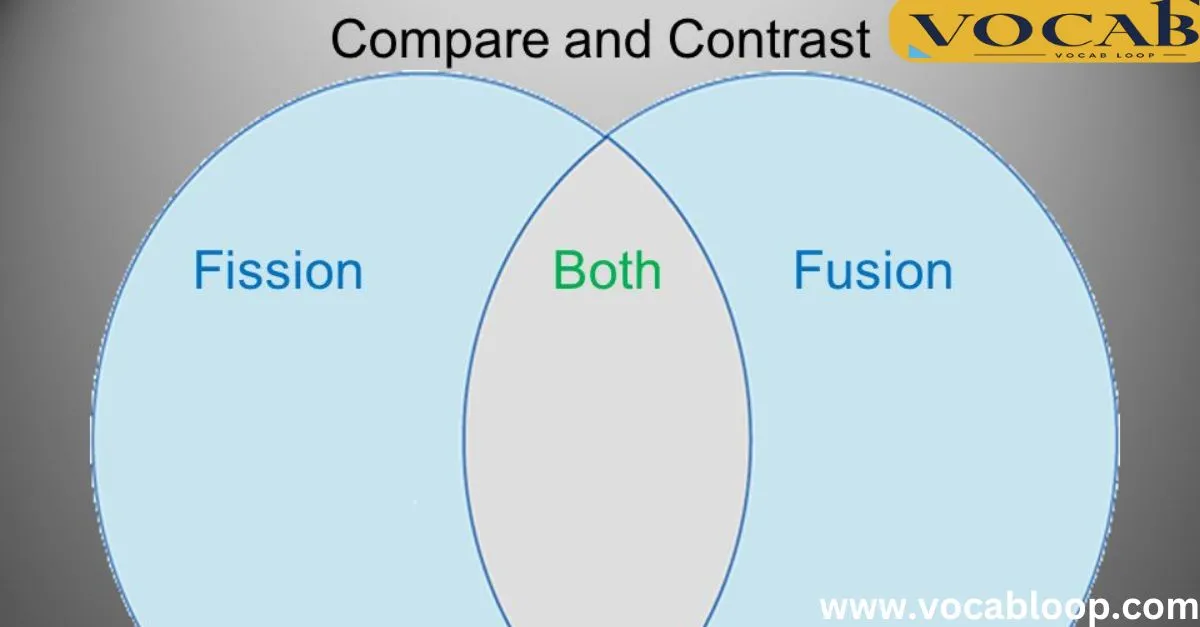
Compare:
- The teacher asked the class to compare their drawings.
- He likes to compare his cooking to his mother’s.
- We can compare the two cars to see which is more efficient.
- Scientists often compare data to draw conclusions.
- Comparing the two cities shows their shared love for festivals.
- She compared the cost of living in different states.
- Comparing the two products reveals they have similar features.
- The review compared two leading smartphones.
- He had to compare the survey results for his research.
- They always compare their test scores for fun.
Contrast:
- The movie contrasts the quiet countryside with a bustling city.
- Their opinions contrast sharply on this topic.
- You can contrast the two artworks to see different techniques.
- The two essays contrast different views on the subject.
- She likes to contrast her current life with her past.
- The author contrasts the themes of love and loss.
- The study contrasts urban and rural healthcare.
- He decided to contrast summer and winter sports.
- The article contrasts different educational philosophies.
- Their personalities contrast in interesting ways.
FAQs
What’s the main difference between compare and contrast?
Comparing highlights similarities, while contrasting focuses on differences.
How do you use compare and contrast in writing?
Use both to give a balanced analysis, often starting with similarities before addressing differences.
Can compare imply contrast and vice versa?
Sometimes. While they emphasize different points, both techniques can overlap.
What are effective ways to teach children to compare and contrast?
Use visuals and simple, relatable examples to help them understand.
How does comparing and contrasting improve critical thinking?
It sharpens analytical skills and helps in evaluating complex ideas.
Conclusion
The differences between compare and contrast is vital for clear, effective communication. Comparing highlights similarities, drawing connections between subjects, while contrasting focuses on their distinctions. Using both techniques allows for a well-rounded analysis, strengthening your critical thinking and writing skills.
Whether for essays, research, or everyday conversations, mastering these concepts helps you express ideas clearly and persuasively. Remember to apply these methods thoughtfully, using synonyms and varied examples to keep your writing engaging. With practice, your ability to analyze and assess similarities and differences will only improve.

Alex Hormozi is a seasoned blogger at Vocab Loop, known for his deep insights into language, vocabulary, and grammar. With years of experience in writing, Alex shares practical tips and effective strategies to help readers improve their linguistic skills and enhance their writing abilities.

